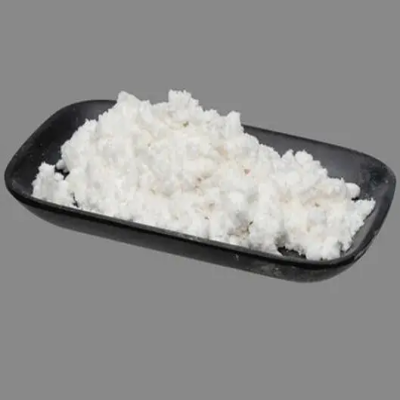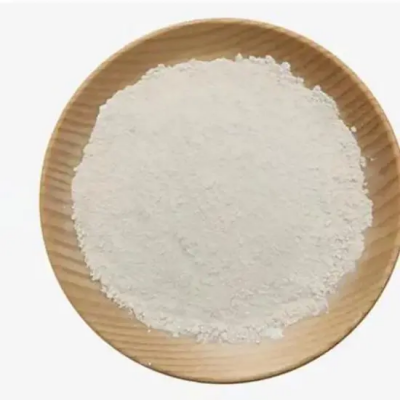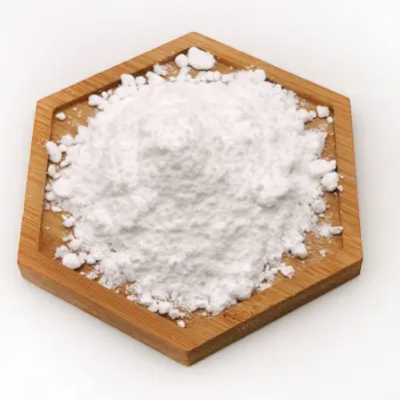Tannic acid CAS:1401-55-4
Tannic acid is a naturally occurring polyphenol that plays a significant role in both ecological and industrial contexts. Composed of a complex mixture of tannins, it is primarily found in the bark, wood, leaves, and fruits of certain plants, most notably in oak trees and various other species. It exhibits a range of molecular weights and structures, contributing to its diverse functionalities. One of the most prominent applications of tannic acid is in the leather tanning industry. Its ability to bind with proteins makes it ideal for transforming animal hides into durable leather, providing resistance to degradation and enhancing the material's aesthetic qualities. Tannic acid’s astringent properties also contribute to its use in traditional medicine, where it has been employed to treat wounds, skin irritations, and gastrointestinal issues due to its antimicrobial and anti-inflammatory effects. In food and beverage processing, tannic acid is valued for its flavor and preservative qualities. It acts as a natural antioxidant, helping to prevent oxidation in foods and beverages like wine, tea, and some fruit juices. Additionally, its capacity to form complexes with proteins can influence the texture and mouthfeel of certain food products. Moreover, tannic acid finds applications in various industrial sectors beyond leather and food. It is used in the production of inks, dyes, and adhesives, as well as in water treatment processes to remove heavy metals and organic pollutants. Despite its broad utility, caution should be exercised, as high concentrations of tannic acid can lead to toxicity in certain organisms. Overall, the multifaceted nature of tannic acid underscores its importance across numerous fields, from agriculture to pharmaceuticals.



| Composition | C76H52O46 |
| Assay | 99% |
| Appearance | white powder |
| CAS No. | 1401-55-4 |
| Packing | Small and bulk |
| Shelf Life | 2 years |
| Storage | Store in cool and dry area |
| Certification | ISO. |









